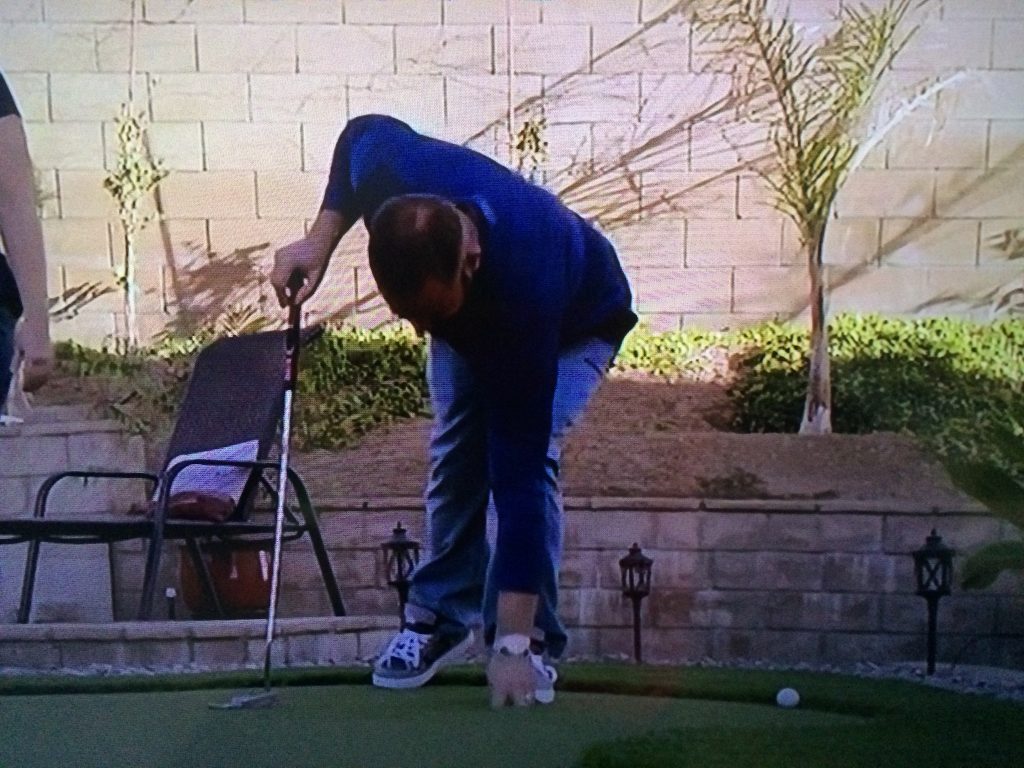We’ve all seen the statistic: 80% of the population will experience low back pain in their lifetime.1
Back pain is the single leading cause of disability worldwide. Americans spend upwards of $50 billion per year on back pain. Back pain is the nemesis of all ninjas.
The struggle is real folks.
Given how pandemic the issue is and the sheer number of resources there are on the topic, why is LBP still such a nuisance and the Bane of many people’s existence?2

When it comes to low back pain there is no one clear cut answer or way to explain things. As my good friend David Dellanave would say “different shit is different.”
It’s impossible to definitively point the finger at one or two things and say “there, that’s it. THAT’s why everyone’s back feels like a bag of dicks.”
Certainly we can proselytize, but at the end of the day we’re mostly just guessing at what may be causing someone’s low back pain. We’re using an amalgamation of relevant anecdotes, experiences, expertise, and evidence based research to make those educated guesses.
But it’s guessing nonetheless.
[BEFORE WE MOVE ON: Another good friend, physical therapist Zak Gabor, sent me THIS rather thorough paper on management of low back pain. To quote Zak…”Movement is key, but EDUCATION on false beliefs about the body is arguably most important.”]
A week or so ago as I was watching an episode of VICE News on HBO and one of the main stories that night was on opioid addiction and of a former drug representative who, sadly, because of debilitating low back pain, had become addicted to the very pain killers that had made him so successful years prior.
In the story he described a seemingly endless barrage of treatments ranging from massage therapy and acupuncture to ultrasound treatments, physical therapy, and traction.
It was a hefty list and I can’t remember all of it.
In the end he ended up having back surgery, yet unfortunately was still reliant on pain killers to help with his chronic low back pain.
As the story unfolded they panned to the same individual miniature golfing with his family and I ended up taking a screenshot of him bending over to pick up the ball after sinking a shot.

If I could add sound it would be accompanied with a cacophony of painful grunting akin to a rhinoceros passing a kidney stone.
Now, what follows is not an attempt at me diminishing his experiences, and I’m fully cognizant my only source of info regarding his “treatment” was/is the five minute snap shot I was given from the story.
That said, I wonder how much agony and frustration might have been prevented in his lifetime if someone took the time to show him some basic “spinal hygiene” (to steal a phrase from Dr. Stuart McGill and his book Back Mechanic) tactics to clean up his daily movement?
What might have happened (what can happen?) if, instead of acupuncture, he was shown how to hip hinge well or given a healthy dose of Deadbugs, Birddogs, and Breathing Side Planks?
Repetitive (aberrant) flexion, as shown in the still shot I took, certainly isn’t doing his back any favors. And, I have to assume this type of thing is happening dozens (if not hundreds) of times per day, whether he’s picking up a golf ball or getting out of a chair.
It glaringly demonstrates how we often neglect to address the obvious and simple everyday “hammers” in our lives that can (not always <— this is important) lead to back pain.
Nope, not those hammers.3
I’m talking about the kind of hammers – repetitive movement (repeated spinal flexion, and extension for that matter) – that start off as innocuous nothings (the twist there, the bending over there), yet manifest into something far more nefarious once one’s tissue tolerance is surpassed.4
As my friend and strength coach, Joy Victoria, notes:
“Habitual daily postures and movement strategies have a greater influence, than intentional exercise.”
Massage, ultrasound, etc, while likely part of the puzzle (and can provide immediate, albeit temporary relief), are just band-aids.
I think exercise, and to be more specific, strength, can play an integral role in the grand scheme of things.
However, as fitness professionals it’s imperative we keep a keener eye. Deadlifts don’t cure everything. Recognizing run-of-the-mill wonky movement and attacking that, as trivial as it may seem, can make all the difference in the world for those who suffer with low back pain.
- I often wonder how the statistics change once we account for those populations that include more daily movement in their lives and/or adopt habits that help offset postural or movement distortions? I.e., for instance in some cultures many “sit” in a deep squat stance compared to us Westerners who spend $3000 on ergonomic chairs. I wonder how the stats hold up comparatively speaking? I’m NOT saying posture (or a fancy schmancy chair) is directly correlated with one’s likelihood of developing LBP. But I have to assume the dichotomy between East vs. West cultures may come into play and a discrepancy in the stats exists. Like, do 80% of Asians or indigenous populations or Centaurs experience low back pain?
*shrugs*
Wanna know what else I wonder? What is Ryan Gosling doing this very minute?
- See what I just did there? Low backs? Bane? Batman? Bane broke Batman’s back. Shit, I’m good.
- Armie Hammer playing the Winklevoss twins in the movie The Social Network
- To be clear: I am not anti-spinal flexion. The spine is meant to flex. I’m anti-spinal flexion when it clearly exacerbates someone’s symptoms. I’m also anti-LOADED spinal flexion like HERE.



